There is no more critical part of your e-commerce store than your product page. A potential consumer decides whether or not to make a purchase from you at this point in the process.
Many store owners will devote their efforts to ensuring that the appropriate payment choices are available, streamlining their checkout to a single page, and worrying about the basket area. However, unless you have a product page that converts, these landing pages design tips below will give you an easy way to promote your online store.
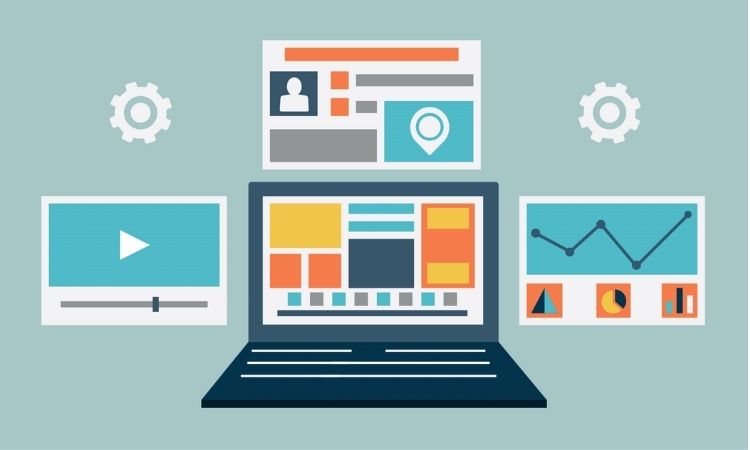
A good product page should explain why the visitor needs it and what they want it would satisfy. Aside from language, there is a slew of other factors to consider, including trust, reputation, social proof, and design.
Here are 10+ landing pages design tips to help you create attractive landing pages that encourage consumers to buy your items or join your mailing list.
I. What is a landing page
For online marketing, the landing page is one of the pages of the website which is designed expressly for a marketing or advertising campaign for a product or service. You can show all outstanding features, benefits of the product with a call to action to urge them to take an action on the website.
Landing pages, unlike web pages, which often have multiple aims and promote research, are developed with a single emphasis or goal, known as a call to action (or CTA, for short).
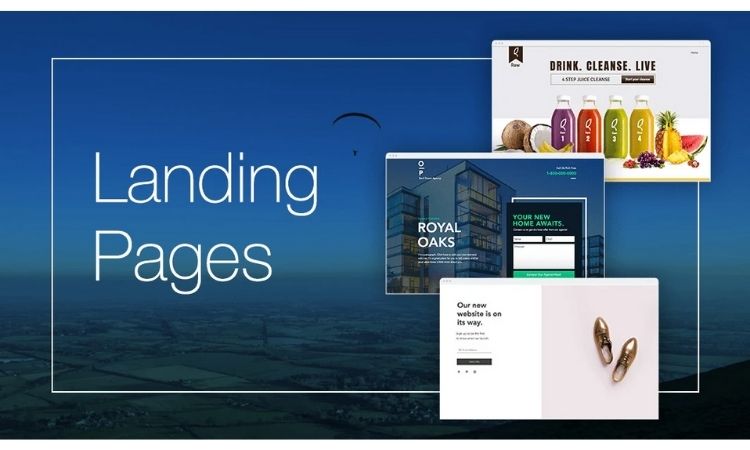
Landing pages design tips are the ideal alternative for raising the conversion rates of your marketing campaigns and minimizing the cost of gaining a lead or sale because of this concentration.
It’s fine if you’re not a professional marketer. We’ll share landing pages design tips, ideas, tricks, and more information on how to leverage the above landing pages design tips to increase traffic and sales to your print-on-demand shop in this comprehensive guide. You’ll definitely want to continue reading!
II. 10+ Landing Pages Design Tips to Promote Your Print On Demand Store
Your print-on-demand store evolved from a fun side hobby to a business venture you’d like to take more seriously at some point. You’re well aware that the industry is highly crowded, implying that competition will be fierce. You must employ marketing techniques to set yourself out from the competition. What are the most effective landing pages design tips to promote your company?
1. Make sure all important information above the fold
The concept of “above the fold” has been around since the beginning of the publication. The age when newspapers were the primary source of daily news for the vast majority of people.
The concept of “above the fold” has since made its way into the digital world, where the fold refers to the content that appears at the top of a page without the visitor having to scroll down.
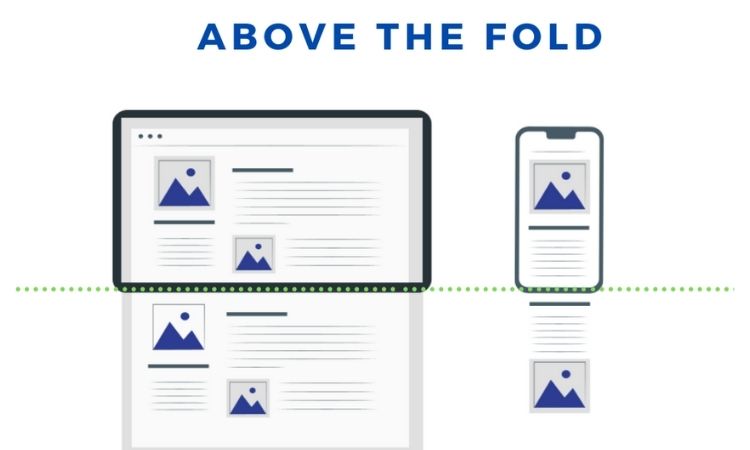
When it comes to website design, you should pay special attention above the fold, but only in the sense that the top of your page should clearly communicate your value proposition while also enticing readers to scroll down.
The fold certainly establishes the tone for the remainder of the page’s content and sets expectations for what readers can expect to see there, but the notion that we need to cram as much content as possible into this area since it’s the only content people read is an out-of-date design practice.
2. More Trust, Loyalty, Reward
Three times as many internet shoppers “would purchase a product online costing more than $1,000 without seeing it first, if returns were free.” You may not have any items of this value, but it demonstrates the level of faith consumers have in products these days if they know they can return them.
Adding any badges, awards, or classifications your company has is another approach to build your reputation and gain your visitors’ trust. These landing pages design tips are quite easy to achieve using Shopify’s rich text editor.
Being helpful to new and existing customers is a good method to create trust and loyalty over time. You may make free videos that instruct people on how to accomplish something useful with your products and services. Payments experts UTP Group, for example, maintain a blog with helpful information for their clients.
3. Set a goal for yourself
Before you get started, you’ll need to figure out what your landing page’s goal is. You need to know why you’re beginning a new campaign before you can start it. A good landing page starts with a defined set of objectives. When you release it into the world, you must have a clear understanding of what you want to happen.
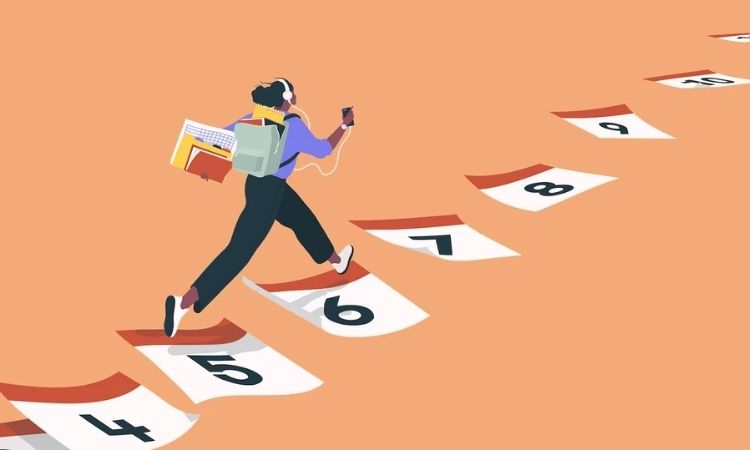
Defining goals and the measurements you’ll need to know if you’ve fulfilled them isn’t always as simple as it may appear. It necessitates delving into the details and becoming very specific about what success for this campaign looks like.
Review and familiarize yourself with the reason for launching this campaign. Maybe it’s to increase sales. Perhaps the goal is to raise brand awareness. This is a crucial step that is sometimes ignored. Don’t dismiss it. The goal-setting process will become clearer after you understand your business objectives.
Once you’ve determined what your company’s goals are, focus on this campaign (landing pages design tips) in particular. What role does your landing page play in your broader business goals?
If you want to raise brand awareness, for example, you should increase clickthrough rates (landing pages design tips) from adverts to your landing page. If you want to increase the number of email subscribers, you’ll need a compelling hook to entice individuals to join up.
4. Learn your target audience
You need to know who you’re marketing to before you do anything else. The people in this group are referred to as your target audience.
Segments, often known as buckets in marketing, will make up your target audience. Each section enjoys your items, albeit in slightly different ways. For example, a 20-year-old would not, for the most part, be interested in the same styles as a 40-year-old. Perhaps the younger audience member might choose one of your more edgy tees, while the senior consumer would prefer a present such as a printed pen or mug.
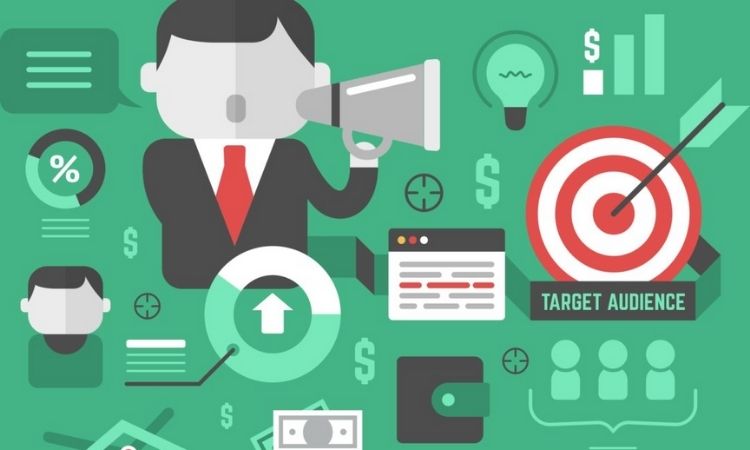
You can design personalized marketing strategy after you know who your target customer is. The way you market to a 20-year-old shirt collector isn’t the same as how you market to a 40-year-old pen collector. Your audience will be more responsive to your offer if your marketing effort feels tailored to their tastes, interests, and pain points.
What exactly is a pain point? A pain point is a difficulty that a lead (soon-to-be customer) or a customer has in marketing. As an example, consider the 40-year-old who is seeking for pens. He could want to buy a pen for someone’s birthday, but he wants it to be personalized. His pain point is that he hasn’t been able to find what he’s looking for until now.
You may then promote your products–such as custom-printed pens–as a solution by learning about your audience’s pain concerns.
To begin, it’s fine if your target market has broader interests, such as printed t-shirts or pens. As you gain experience as a marketer, you’ll want to limit your target audience down to niche specs. Instead of focusing on people who want t-shirts, it might be something like art-style printed shirts.
5. Write compelling copy
Landing pages, like email and ad marketing efforts, are more effective when the material is brief, on-brand, and relevant to your target demographic.
Headline: Write a headline that catches the attention of your visitors as soon as they land on the page.
Body: Your message should be straightforward, informative, and concise. If necessary, use bullet points to make it simpler to read. If you’re promoting a deal, make sure your writing conveys a sense of urgency. Alternatively, if you’re collecting email addresses from clients, be upfront about why you’re requesting their information and what kind of communication they may expect from you in the future.
Call to action: Keep your CTA simple and actionable. Consider the step of the purchasing process your consumers are in and adjust your CTA buttons accordingly. Do you require some motivation? Take a look at these instances from real life.
Footer: Include your contact information in the footer so clients can easily contact you if they have a question or complaint.
6. Make use of attractive images
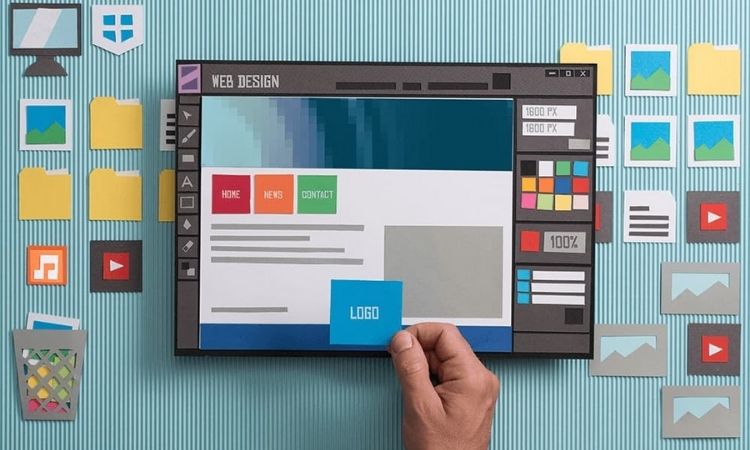
Many types of research on visual processing and the relevance of imagery in marketing have been undertaken throughout the years. Images are regularly found to be the best technique to help portray feelings that drive conversions in research.
Images are more than simply decorative elements on a website; they play an important part in convincing prospects and consumers to take the next step. In fact, visuals are processed 60,000 times faster by the brain than text. This means that the photos on your landing page will have an immediate impact on visitors.
Keep the focus on high-quality, relevant visuals when you decide what to add. This isn’t the place to show off stock photos or Photoshop work done on the spur of the moment.
7. Optimize your store with SEO
Have you ever heard of SEO? Most likely, but do you understand what it means? The term SEO refers to the process of optimizing a website ( with landing pages design tips) for search engines. In other words, SEO refers to the steps you do to ensure your store appears higher in Google’s search results. The ultimate goal is to reach number one, but even making it to the first page is a significant achievement.
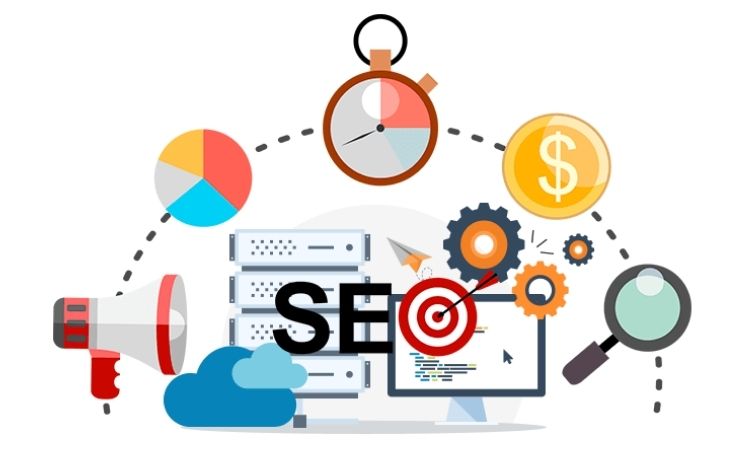
The majority of people refer to a website when they talk about SEO optimization. We’ll assume you don’t have a website and instead rely on your print-on-demand shop. Maybe one day you’ll be able to sell your things on your own website, but not now.
Fortunately, just like a website, you can optimize your print-on-demand store. For a good Google ranking, an optimized site looks well on mobile devices, loads quickly, and follows SEO best practices.
When feasible, you should also incorporate relevant keywords. What criteria do you use to determine which keywords are relevant? By looking at the competition and using a tool like Google Keyword Planner to conduct keyword research.
You begin these landing pages design tips by typing in a term, such as “t-shirt printing,” and then allow Google to suggest other keywords. Always check the performance of keywords based on their search engine popularity.
Once you’ve determined which keywords are useful, incorporate them into your copy. For example, in your bio, you may mention, “[company name] is a t-shirt printing company in Chicago.” Because robotic writing will not improve your page rank, you want your keywords to read naturally.
Avoid keyword stuffing, which is when you use a keyword as many times as the space allows in the hopes of improving its ranking. This will be penalized by Google’s algorithm. The relevance of your keywords, by the way, isn’t set in stone. You should update your print-on-demand store and refresh your keyword research every few months.
8. Be more social
The next phase in the promotion process is to establish a social media presence. No, you don’t want to use your personal Facebook, Twitter, Instagram, or even YouTube accounts for this, but a legitimate Facebook, Twitter, Instagram, or even YouTube profile for your print-on-demand company.
Signing up for these social profiles is completely free, though we will discuss some paid marketing strategies later. We recommend using account handles that are similar to the name of your print-on-demand company. You will become more searchable as a result of this. If that name is already taken, consider adding an underscore or even a period to the end of the name. It appears unprofessional to add numerals to the end of your name.
Oh, and make sure you’re creating a company profile rather than a personal one. Yes, there is a significant distinction. Here’s the link to sign up for a Twitter business account; for a Facebook business account; and for Instagram. It will be easier to begin promoting on these social sites later if you create a company account today, but let’s not get ahead of ourselves.
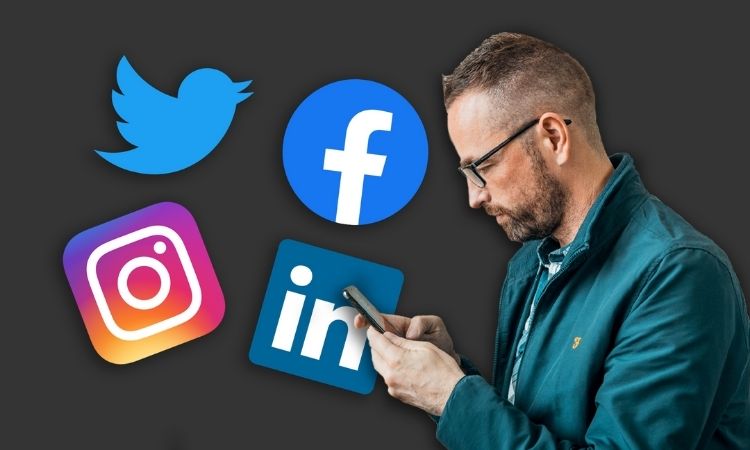
What do you do now that you’ve set up your social media accounts? There are a lot! If you’re comfortable revealing your designs that early, you can post works in progress. When a new design is ready to be released in your print-on-demand store, you may use images to make your customers excited. If your store is having a sale or a discount, you can promote it on social media to increase traffic to your website.
Responding to your audience’s comments or inquiries on social media is also a good way to engage with them. This will help to strengthen and grow these ties, as well as increase consumer loyalty. Customers who are devoted to you will buy more products from your print-on-demand store.
9. Build trust with reviews
As more customers purchase printed t-shirts, pillows, pens, sweatshirts, mugs, and other items from your print-on-demand company, they will want to tell their friends about it. Expect reviews because it’s in our habit these days to share our thoughts on everything. Some will be optimistic, while others will be pessimistic. That’s natural and unavoidable. However, don’t start removing bad comments on the spur of the moment. People will notice, and they will be less inclined to do business with you in the future.
Concentrate on the favorable reviews, since they will propel you forward. Once you’ve accumulated a number of positive evaluations, you may utilize two or three of the best as testimonials on your print-on-demand store page. If you can reach out to the reviewer and obtain their permission, do so. To protect privacy, you can always remove the customer’s name or refer to them by their first name and last initial.
10. Incorporate promo codes or discounts

Coupons and discount codes are among the most powerful sales techniques available. In fact, 57 percent of consumers feel that businesses that offer special incentives for returning customers stand out from the competition, according to a recent survey. Consider integrating unique discount codes or other incentives as an extra incentive for your customers when creating landing pages for your business. Each landing page may be tailored to a specific audience and operated independently of your website, store, or other marketing, making it simple to promote an incentive to a small segment of your audience without disrupting your other promotions or marketing efforts.
Because you can create an unlimited number of landing pages, you can play around with some landing pages design tips such as your designs, run A/B tests for different layouts, and then use our comprehensive reporting and management tools to see which version generates the most visits, clicks, conversions, and overall better user experience.
11. Share your page
It’s time to start promoting your landing page as one of landing pages design tips with these landing pages design tips to your target audience after you’ve developed and launched it. You can share the URL of your personalized landing page as often (or as infrequently) as you’d like, so think about the page’s purpose before deciding which of your other marketing channels can help you achieve your objectives. And, because every landing page you develop is mobile compatible straight out of the box, it will look beautiful for everyone, regardless of how they access it.
If you want to build your list, for example, you can decide to send people to your landing page from your Facebook profile or via Facebook Advertising. If you want to promote a new product, you may include a link on your website or include it in a future email marketing campaign. Be strategic, and make the most of your other marketing platforms.
12. Make a strategy for attracting new customers and subscriptions
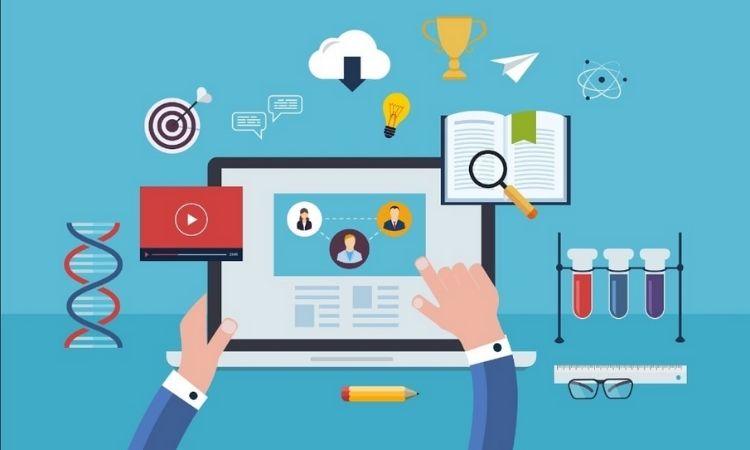
It’s critical to have a plan in place for everyone who clicks your CTA, whether you’re utilizing your landing page to help expand your list or sell more items. The segmentation and marketing automation tools will help you remain in touch with new and returning subscribers alike, so you can send customized, relevant content and make everyone feel like a VIP.
With an automated welcome series that goes out to everyone who signs up through a specified landing page, you can keep the dialogue going—and introduce them to your company. Customers who make a purchase will receive individualized order confirmations, bills, and other customer communication emails. Alternatively, automatically thank buyers for their purchase, provide helpful product information, or inquire about their experience.
III. Conclusion
Landing pages are an effective way to enhance conversions, and with these landing pages design tips, you’ll be able to develop landing pages that receive more hits and signups, generate leads, and boost revenue for your company.
Start making these landing page design tips today and you’ll notice that even minor adjustments can make a big effect.
Read more:

